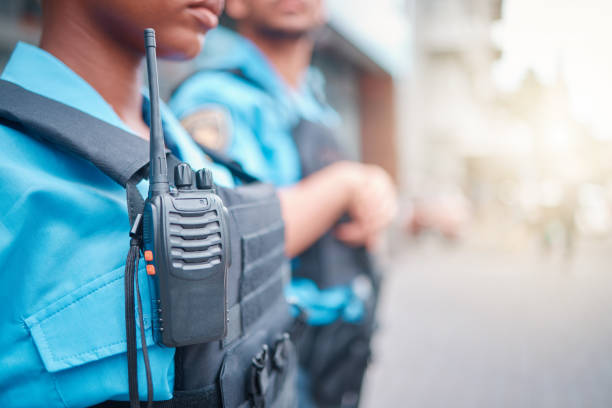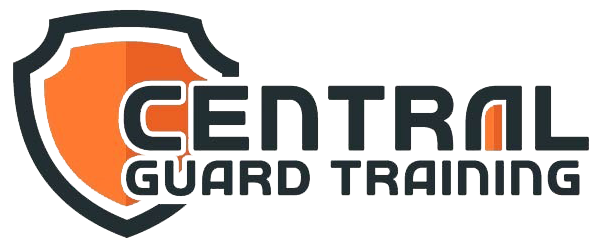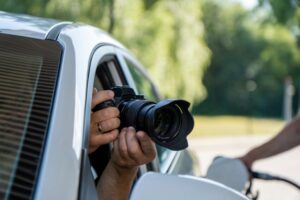
Security Guard Use of Radio 10 Codes
Security Guard Use of Radio 10 Codes: Enhancing Communication Efficiency
In the fast-paced world of security, effective communication is essential for ensuring safety, maintaining order, and responding swiftly to incidents. One of the tools that security guards utilize to enhance communication is the use of radio 10 codes. These codes, designed to convey information quickly and efficiently, play a critical role in day-to-day operations for security personnel. In this blog, we’ll explore what radio 10 codes are, why they are used, and some commonly utilized codes in the security profession.
What are Radio 10 Codes?
Radio 10 codes, also known as ten signals or ten codes, are brevity codes used in voice communication to convey messages succinctly. Originally developed by the Association of Public-Safety Communications Officials (APCO) in the 1930s, these codes were aimed at standardizing radio communication among law enforcement agencies. Over time, their usage has expanded to include security guards, emergency services, and various other fields where quick, clear communication is imperative.
Using 10 codes can help reduce misunderstandings and improve response times during critical situations. By articulating complex messages with a simple numerical code, security guards can ensure that vital information is communicated effectively, even over noisy backgrounds or during high-stress situations.
Why Use Radio 10 Codes?
- Clarity and Efficiency: Radio 10 codes help convey information quickly and clearly, allowing security personnel to communicate essential messages without lengthy descriptions.
- Standardization: The use of standardized codes minimizes confusion, ensuring that all officers and teams understand the same terminology, regardless of location or situation.
- Conserving Radio Time: By using concise codes instead of lengthy verbal explanations, guards can conserve air time, allowing for more efficient use of communication devices.
- Preventing Miscommunication: With a standardized set of codes, the chances of misunderstanding or miscommunication during critical incidents are significantly reduced.
- Maintaining Professionalism: The structured use of 10 codes can enhance the professionalism of security personnel, creating a more organized and effective team environment.
Commonly Used Radio 10 Codes
While the exact meanings of 10 codes may vary slightly between jurisdictions or organizations, some commonly accepted codes in the security field include:
| 10 Code | Meaning |
|---|---|
| 10-1 | Unable to copy (unable to hear) |
| 10-2 | Signal good (strong signal) |
| 10-3 | Stop transmitting |
| 10-4 | Acknowledgment (message received) |
| 10-5 | Relay (to someone) |
| 10-6 | Busy (please standby) |
| 10-7 | Out of service |
| 10-8 | In service |
| 10-9 | Repeat |
| 10-10 | Negative (no) |
| 10-11 | Dog case (animal complaints) |
| 10-12 | Standby (everyone should be quiet) |
| 10-13 | Weather/road report |
| 10-16 | Domestic problem |
| 10-17 | Urgent (urgent situation) |
| 10-22 | Disregard last information |
| 10-29 | Check for wanted person |
| 10-32 | Person with a weapon |
| 10-33 | Emergency traffic |
| 10-41 | Begin Tour of Duty |
| 10-99 | Wanted/stolen indicated |
Tips for Using 10 Codes Effectively
While 10 codes enhance communication, there are best practices for their effective use:
- Training: Ensure that all security personnel are trained in the 10 codes relevant to your organization and practice using them in simulated scenarios.
- Consistency: Use the same codes across your team to prevent confusion. If your organization has specific codes that differ from standard codes, ensure everyone is aware and adept at using them.
- Stay Updated: Regularly review and update codes if necessary, especially if new situations arise that need specific communication strategies.
- Support with Clarity: In situations requiring clarity, complement 10 codes with brief verbal explanations when necessary. Codes should be used to enhance communication, not to obfuscate it.
- Practice: Conduct regular radio drills and practice sessions to build familiarity and proficiency with 10 codes in various scenarios.
Conclusion
The use of radio 10 codes in security is a crucial communication tool that enhances efficiency, clarity, and professionalism in the field. By adopting a standardized set of codes, security guards can navigate complex situations with confidence, ensuring that information is shared effectively and promptly. As you continue in your role as a security professional, mastering these codes will significantly contribute to your effectiveness and the overall safety of the environments you protect.



